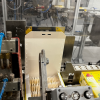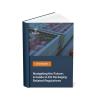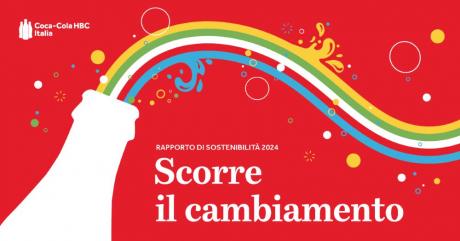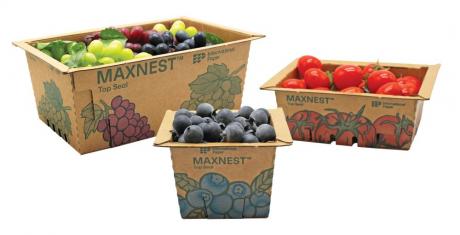On the basis of the survey carried out in May by Metrica Ricerche for GS1 Italy’s Non-Food Observatory, Italian consumers expect non-food products to be increasingly sustainable and are also willing to accept a greater cost of from 5% to 10%.
Over 1,000 consumers replied to the survey promoted by GS1 Italy to measure Italian’s attitude on the question of sustainability in 13 non-food sectors: from consumer electronics to clothing, from textiles to perfumery, from DIY to optics, from toys to the home. How do they evaluate whether a non-food product is sustainable and to what extent is it a stimulus for making a purchase? Are they satisfied with the “green” offers that they find in physical stores?
A company is sustainable when… It emerges from the survey that Italians consider a company sustainable if it makes recyclable and easily disposable products (59.9% of replies), if it uses energy from renewable sources (45.9%) and if it guarantees fair work and pay conditions to its employees (37.9%). Other characteristics relate to the optimization and improved efficiency of the use of environmental resources during production (37.3%), production with low environmental impact (34%), the use of recyclable/recycled packaging (32.2%), the optimization and/or compensation of CO2 emissions (30.8%), transparency and traceability in all production and processing phases (19%).
… and the product? Here the range of opinions changes. When choosing what sustainable product to purchase, Italians consider most of all the reduced consumption of natural resources and low emissions during the production and distribution cycle (39.3%), but also the means of disposal (38.4%) and the possibility of recycling/reuse of the product and its components (37.5%).
The price factor is not a deterrent. Analysing the price factor, in all the sectors analysed, around 2 Italians out of 3 declare to be willing to pay more for a sustainable product, considering a price increase of 5%-10% above the standard price to be acceptable, with peaks of 20% for DIY (18.8% of interviewees) and for consumer electronics (18.2% if interviewees). In contrast, the higher prices of sustainable products become a greater purchasing barrier for houseware and home textiles (39.9% of respondents are unwilling to spend more), edutainment (39.7%), clothing and shoes (37.2%).
The physical store: it’s possible to do more
Looking instead at the purchase channels, Italians that frequent physical stores are moderately satisfied with the attention that retailers dedicate to sustainability issues, but with room for improvement: 54.9% of interviewees give an intermediate score and 39.3% give a high score, while opinions are very different according to the sectors and the channel considered. In general, large specialised stores, edutainment and furniture and furnishing stores receive higher-than-average scores.
There is also a wide range of factors that make a physical store “virtuous” with regards to sustainability. In a cross-cutting vision of product categories, these include the use of recyclable materials for shopping bags and packaging (36.6%), the assortment of products advertised as having low environmental impact (33.7%), products in recycled material (28.4%) and the free collection of used products to be replaced (26.5%).
A communication problem to be resolved
Italians’ need to receive more information (and in a more understandable and simple way) about the sustainability of products emerges in most product sectors analysed by GS1 Italy’s Non-Food Observatory. Around 24% look for information on sustainability on the label but fail to find it, 23% consider the information to be insufficiently clear or understandable, and digital information through the QR Code or link to the producer site turns out to be the preferred way of accessing information on sustainability.









